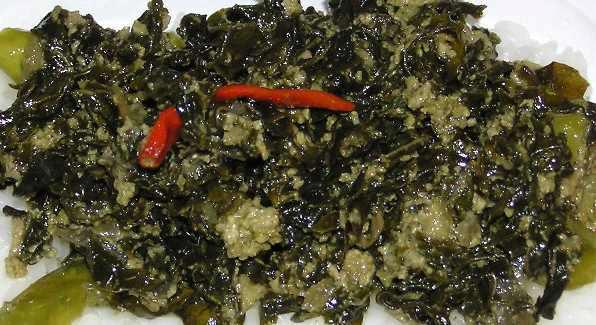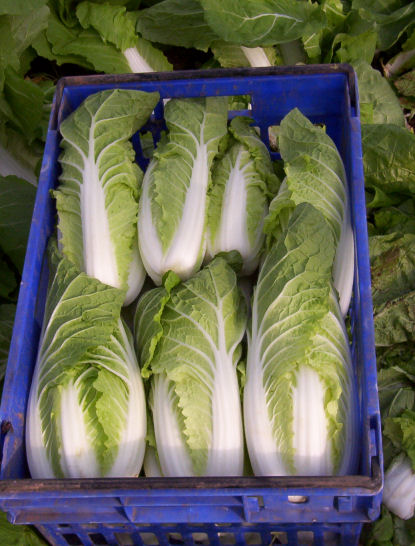 |
| Apium graveolens, leaf cellery |
Kingdom: Plantae
(unranked): Angiosperms
(unranked): Eudicots
(unranked): Asterids
Order: Apiales
Family: Apiaceae
Genus: Apium
Species: A. graveolens
Binomial name: Apium graveolens
Nutritional value per 100 g (3.5 oz)
Energy - 57 kJ (14 kcal)
Carbohydrates - 3 g
- Sugars 1.4 g
- Dietary fibre 1.6 g
Fat - 0.2 g
Protein - 0.7 g
Water - 95 g
Vitamin C - 3 mg (4%)
 |
| Celery root, or celeriac, is also used as a vegetable. |
 |
| Cross-section of a Pascal celery rib |
 |
| Celery |
 |
| Head of celery, sold as a vegetable. Usually only the stalks are eaten. |








0 Comments